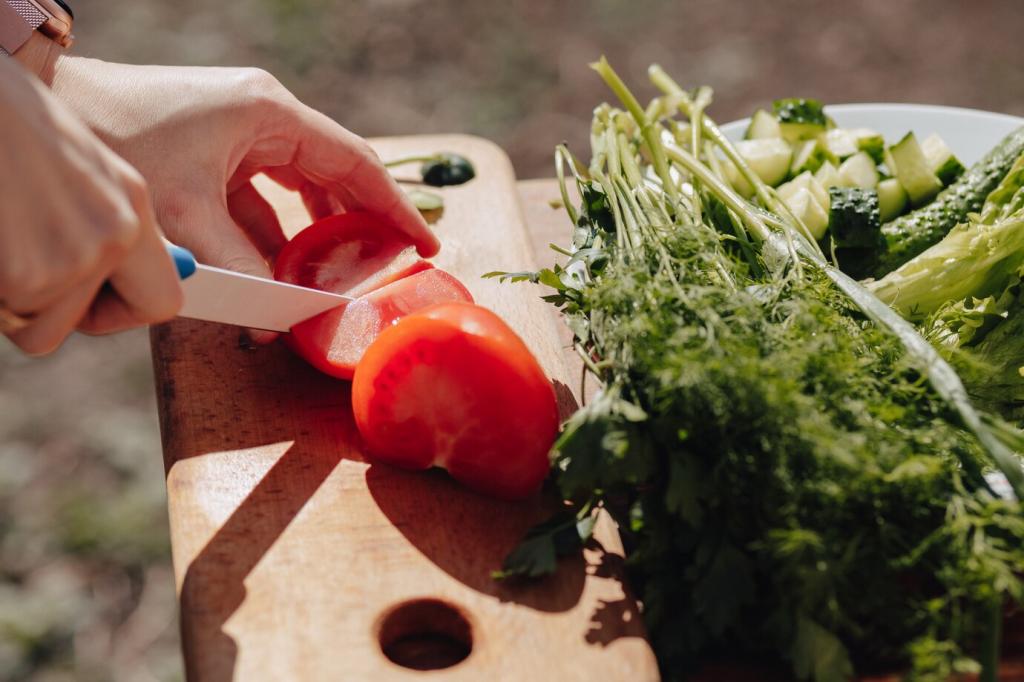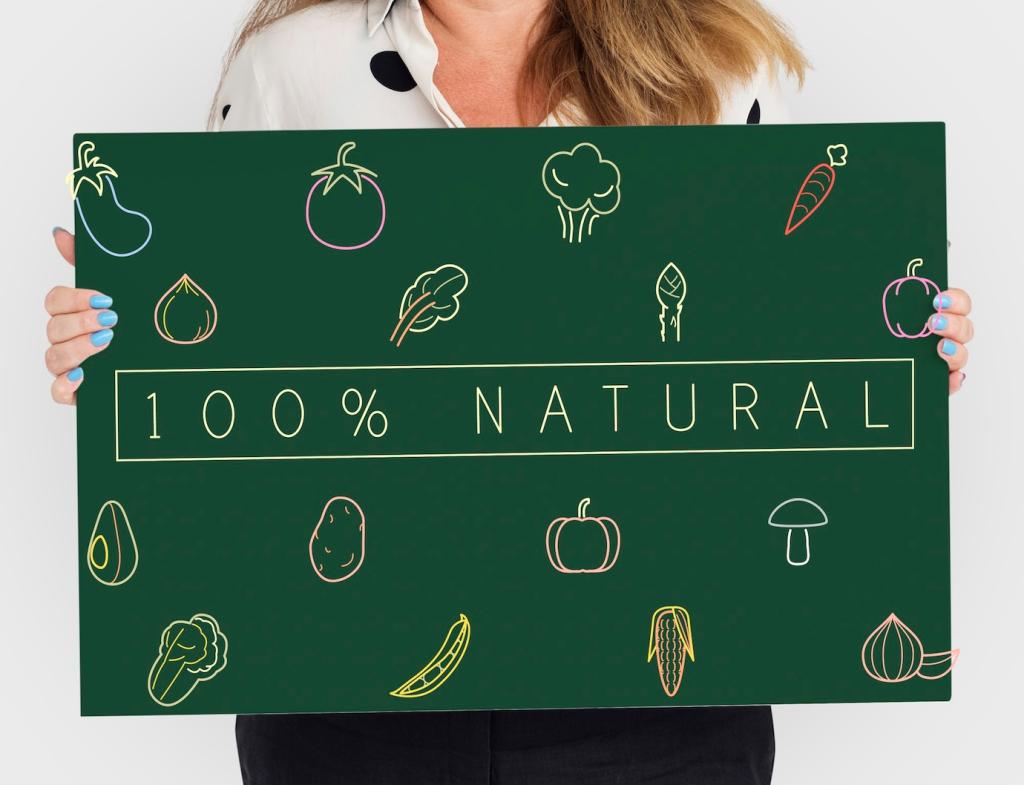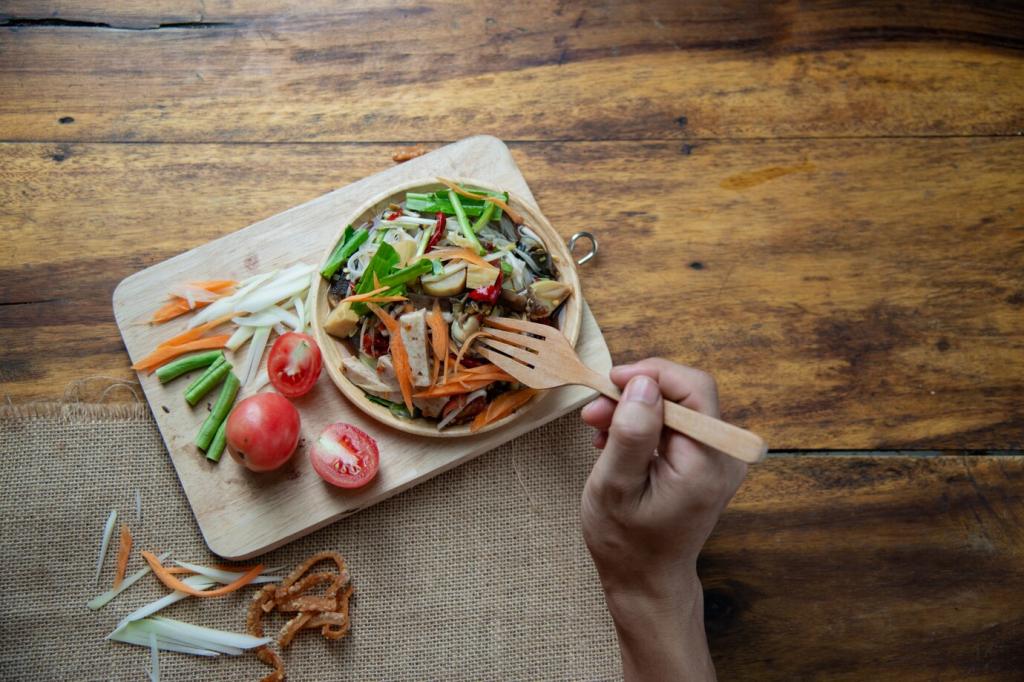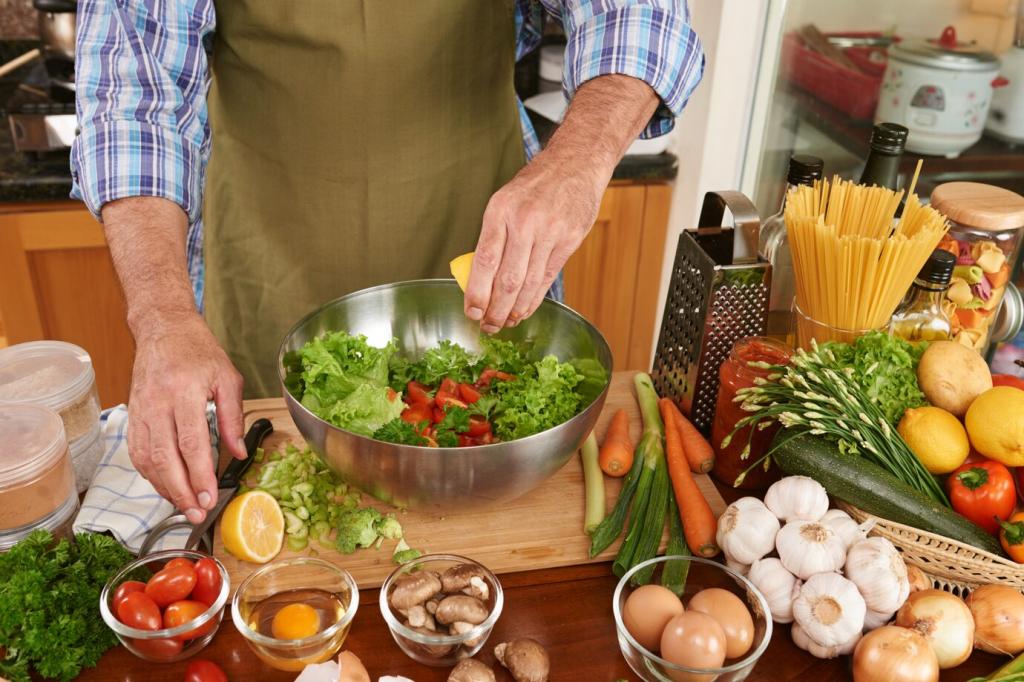Curating Your Eco Cookbook Shelf
Pair lyrical, farm-forward narratives with workhorse manuals that detail timing, temperatures, and preservation. The conversation between poetry and procedure keeps you inspired while ensuring dinner happens on schedule, sustainably and stress-free, all season long.
Curating Your Eco Cookbook Shelf
Regional books honor microclimates, heirloom varieties, and cultural techniques that thrive locally. Seek community-garden compilations and zines. They often carry cherished tricks—like interplanting herbs for pest control—that translate directly into better harvests and more flavorful, responsible cooking.





